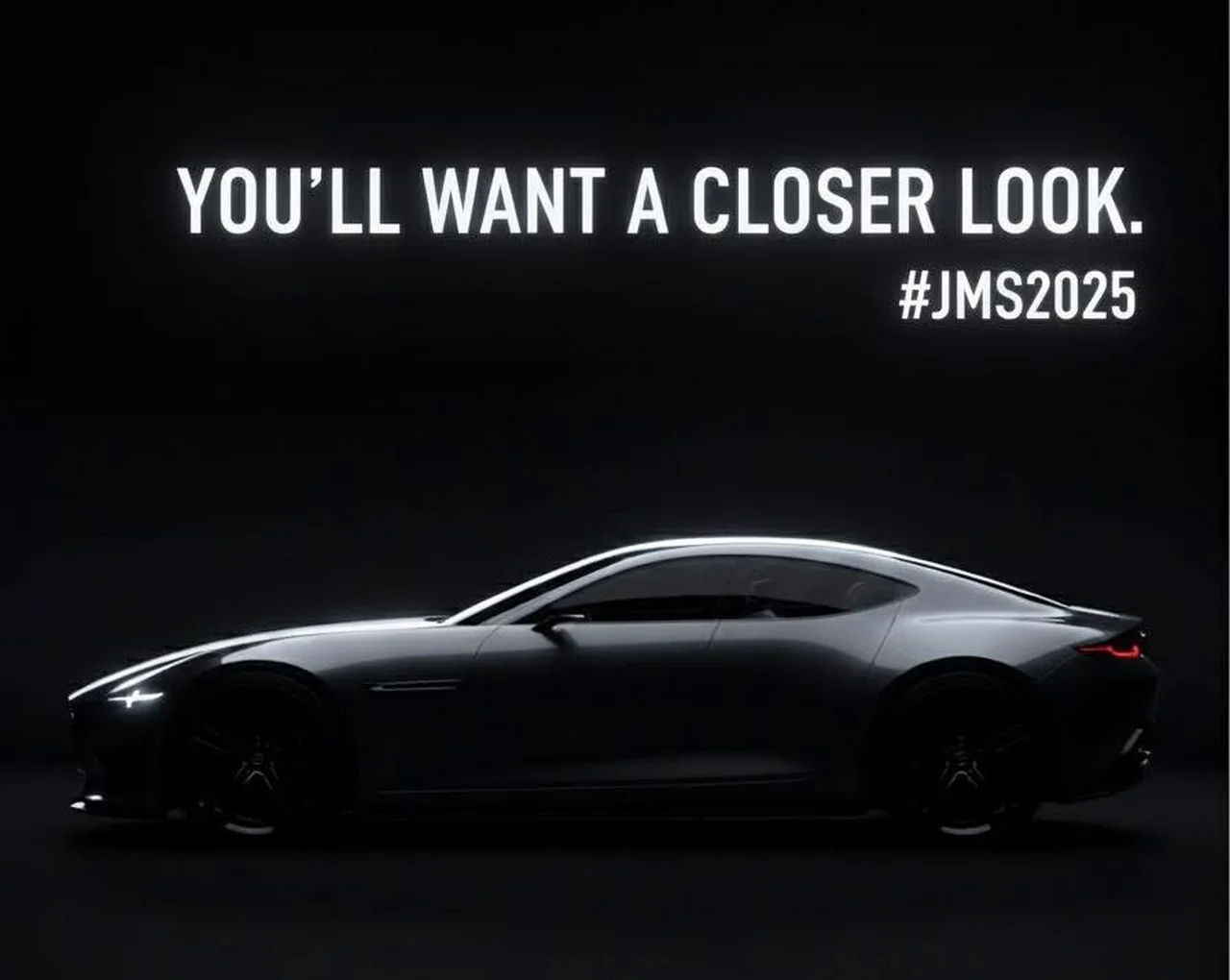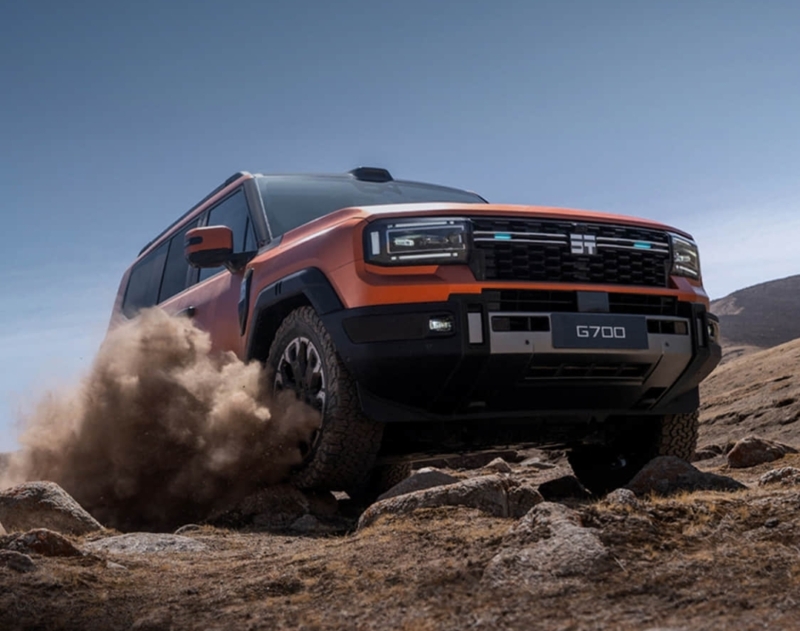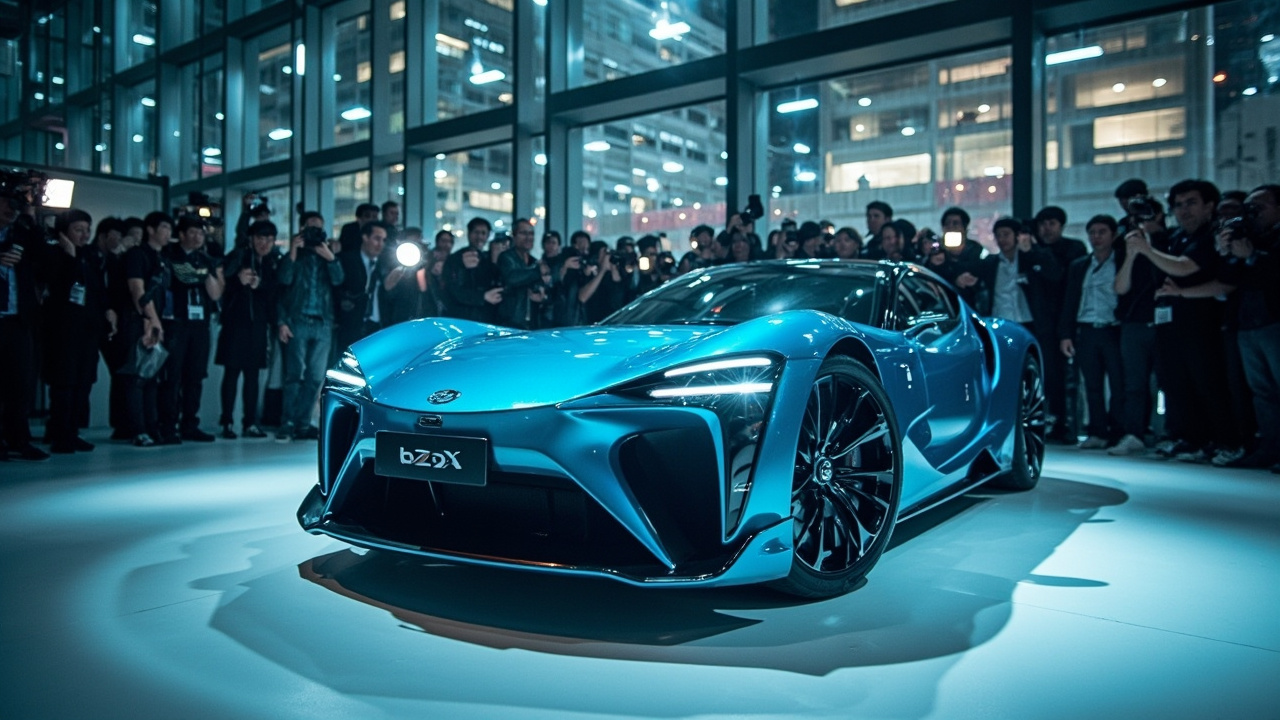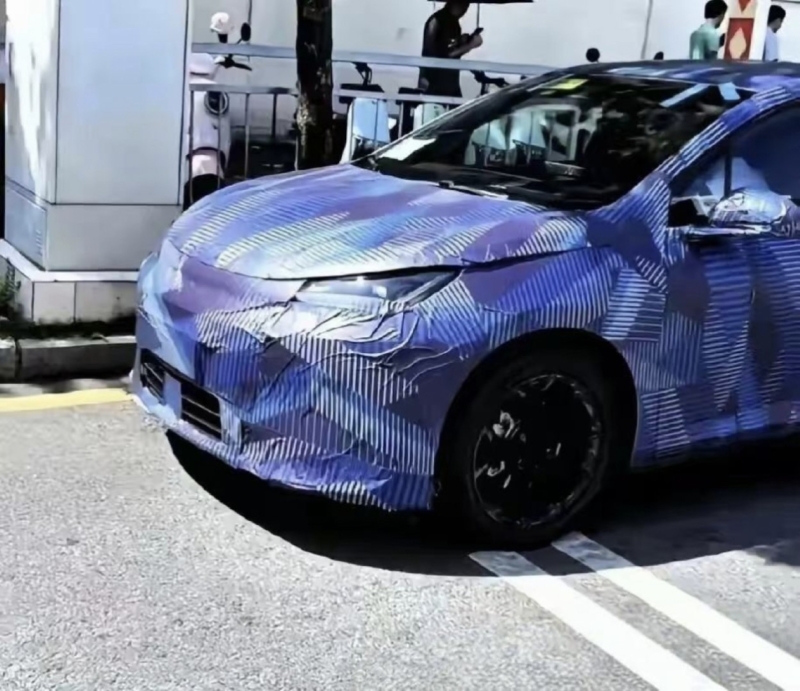Multiple Tesla Cybercab Units Spotted at Giga Texas, Signaling Production Ramp-Up
Reports on manufacturing, labor and earnings with clear, practical context. Drives a Tesla Model 3 RWD; family hauler is a Volvo XC60.
In a recent development that has sparked excitement among Tesla enthusiasts and industry watchers alike, several Tesla Cybercab units were observed at the Giga Texas crash test facility. This sighting suggests that the electric vehicle giant is accelerating its efforts towards the production of the highly anticipated Cybercab, designed to be Tesla's highest-volume vehicle.
Cybercab Sightings Fuel Speculations
The Cybercab units, though covered, were easily identifiable due to their distinctive sleek lines and compact size. The observation was made during a drone flyover conducted by Joe Tegtmeyer, a longtime drone operator known for his regular surveillance of Tesla's Giga Texas facility. Tegtmeyer noted the presence of seven covered Cybercabs parked outside the crash testing facility, sparking discussions about whether these were older prototypes being phased out or new models awaiting testing. Regardless of their status, the presence of these units is a clear indication of increased activity around the Cybercab project at Giga Texas.
Tesla's strategic positioning of the Cybercab at both Giga Texas and the Fremont Factory has been a subject of intrigue. A test unit was recently spotted on the South River Road near Giga Texas, while another unit at the Fremont Factory appeared to be driven manually, hinting that some prototypes might still feature temporary steering controls. This dual-factory approach suggests a coordinated effort to refine and potentially commence initial production of the Cybercab, aligning with CEO Elon Musk's vision for this model to reach an annual production rate of 2 million units. The use of Tesla's 'Unboxed' manufacturing process, which promises efficiency akin to consumer electronics production lines, underlines the ambitious production targets set for the Cybercab.
The Cybercab's development is not just a technical endeavor but a strategic move in Tesla's broader ambition to dominate the autonomous vehicle market. Designed as an autonomous two-seater, the Cybercab is expected to revolutionize urban transport with its compact design and advanced self-driving capabilities. These features align with Tesla's mission to make transportation more sustainable and efficient. The sighting of these units could signal that Tesla is nearing a pivotal phase in the Cybercab's journey from concept to reality, potentially setting new standards for autonomous vehicle production.
As Tesla prepares for the Cybercab's anticipated production ramp-up, the company continues to make headlines with its advancements in Full Self-Driving (FSD) technology. The imminent wide release of FSD V14.2, as confirmed by Elon Musk, represents a key milestone in Tesla's autonomous driving capabilities. This update is expected to enhance the driving experience through features like 'Mad Max' mode, which allows for assertive driving in complex traffic scenarios. The integration of such features into the Cybercab could further solidify Tesla's leadership in the autonomous vehicle sector.
The potential impact of the Cybercab on Tesla's business strategy is significant. By positioning the Cybercab as a high-volume, cost-effective autonomous vehicle, Tesla aims to capture a substantial share of the urban transport market. This aligns with the company's vision of creating a sustainable future through innovative technology. The Cybercab's development also reflects Tesla's commitment to scaling its production capabilities, leveraging advanced manufacturing techniques to meet ambitious production targets.
As Tesla moves closer to launching the Cybercab, the automotive industry and consumers alike are watching closely. The successful roll-out of the Cybercab could redefine urban mobility, offering a glimpse into a future where autonomous, sustainable transport is the norm. Tesla's strategic maneuvers, from production innovations to technological advancements, highlight its role as a pioneer in the electric vehicle industry. With the Cybercab, Tesla is not just building a vehicle but is shaping the future of transportation.
About Priya Nair
Reports on manufacturing, labor and earnings with clear, practical context. Drives a Tesla Model 3 RWD; family hauler is a Volvo XC60.



